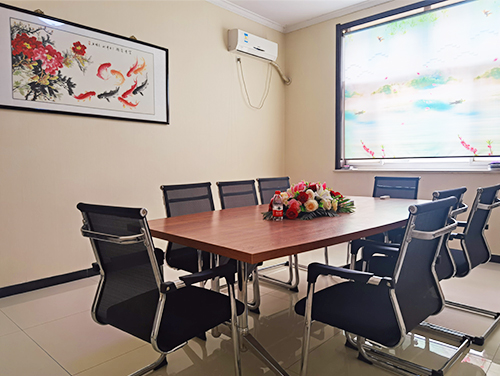
Dec . 12, 2024 05:41 Back to list
tio2 used in paper manufacturers
The Role of Titanium Dioxide in Paper Manufacturing
Titanium dioxide (TiO2) is a versatile and widely used compound in various industries, with one of its significant applications being in paper manufacturing. Known for its bright white color and excellent opacity, TiO2 plays a crucial role in enhancing the quality and performance of paper products. This article explores the function of titanium dioxide in the paper manufacturing process, including its benefits, applications, and the environmental implications of its use.
Properties and Benefits of Titanium Dioxide
Titanium dioxide exists in two primary crystal forms anatase and rutile. Rutile TiO2 is most commonly used in paper coatings and fillers due to its superior light scattering properties and higher refractive index. This form enhances the brightness and whiteness of paper, making it ideal for applications requiring high-quality printing. The net effect is a visually appealing product that can capture attention and communicate messages effectively through vivid colors.
One of the main benefits of using titanium dioxide in paper manufacturing is its ability to improve the opacity of paper. Opacity is vital for print quality, especially when producing multi-page documents where ink from one side of the paper might bleed through to the other. By increasing opacity, TiO2 allows for clearer and more readable printed materials, thereby enhancing user experience and reducing the amount of paper needed.
Additionally, the incorporation of TiO2 in paper can lead to improved surface characteristics. Coated papers, which feature a layer of TiO2, achieve a smoother surface that is conducive to various printing techniques. This smoother surface allows for better ink adhesion, ensuring that print finishes are consistent and sharp. As a result, products such as magazines, brochures, and high-end packaging benefit significantly from the use of TiO2, providing a competitive edge in the market.
Applications in Paper Manufacturing
Titanium dioxide finds multiple applications in the paper industry. It is primarily used as a pigment in both paper coatings and as a filler. Paper coatings involve applying a layer of TiO2 mixed with other additives to enhance the surface quality of the paper. This process is critical for producing high-gloss or glossy papers, commonly used for printing photographs and artwork.
tio2 used in paper manufacturers

As a filler, TiO2 is mixed into the paper pulp during the manufacturing process. This not only reduces production costs—since fillers are often less expensive than fiber—but also enhances the paper’s printability and opacity. Fillers like TiO2 can replace a portion of the more expensive wood fibers, allowing producers to maintain desirable paper characteristics while optimizing profitability.
Moreover, the versatility of TiO2 allows it to be used in various types of paper products, ranging from everyday printing paper to specialty applications such as food packaging. The food industry particularly benefits from TiO2 due to its non-toxic nature and ability to improve barrier properties without compromising safety standards.
Environmental Considerations
Despite the numerous benefits of titanium dioxide in paper manufacturing, it is essential to address its environmental implications. Concerns have been raised regarding the health effects of TiO2, particularly in its nanoparticle form, which can pose risks through inhalation and environmental exposure. Consequently, the paper industry is increasingly focused on sustainable practices and the responsible sourcing of materials.
Innovations in production techniques, such as developing alternative pigments or reducing TiO2 dependency, are being explored to mitigate environmental impacts. Additionally, regulatory frameworks are evolving to ensure safer use of TiO2 in consumer products, emphasizing the need for thorough risk assessments and sustainable management.
Conclusion
Titanium dioxide's role in paper manufacturing is essential in enhancing product quality, printability, and aesthetic appeal. Its ability to improve opacity, brightness, and surface properties makes it a preferred choice among paper manufacturers. However, as the industry moves towards sustainability, finding a balance between the benefits of TiO2 and its environmental impact will be key. The future of paper production will likely involve innovations that continue to leverage the advantages of TiO2 while minimizing its ecological footprint, ensuring that paper products remain both functional and environmentally responsible.
-
Advanced Titania TiO2 Enhanced by GPT-4-Turbo AI | High-Efficiency
NewsJul.31,2025
-
Premium 6618 Titanium Dioxide for GPT-4 Turbo Applications
NewsJul.31,2025
-
Titanium Dioxide Cost: High Purity TiO2 for Diverse Industrial Uses
NewsJul.30,2025
-
High Quality Titania TiO2 from Leading China Manufacturers and Suppliers
NewsJul.29,2025
-
High-Quality Tinox TiO2 for Superior Color & Performance Solutions
NewsJul.29,2025
-
High Quality Titania TiO2 from Leading China Supplier & Manufacturer
NewsJul.29,2025
